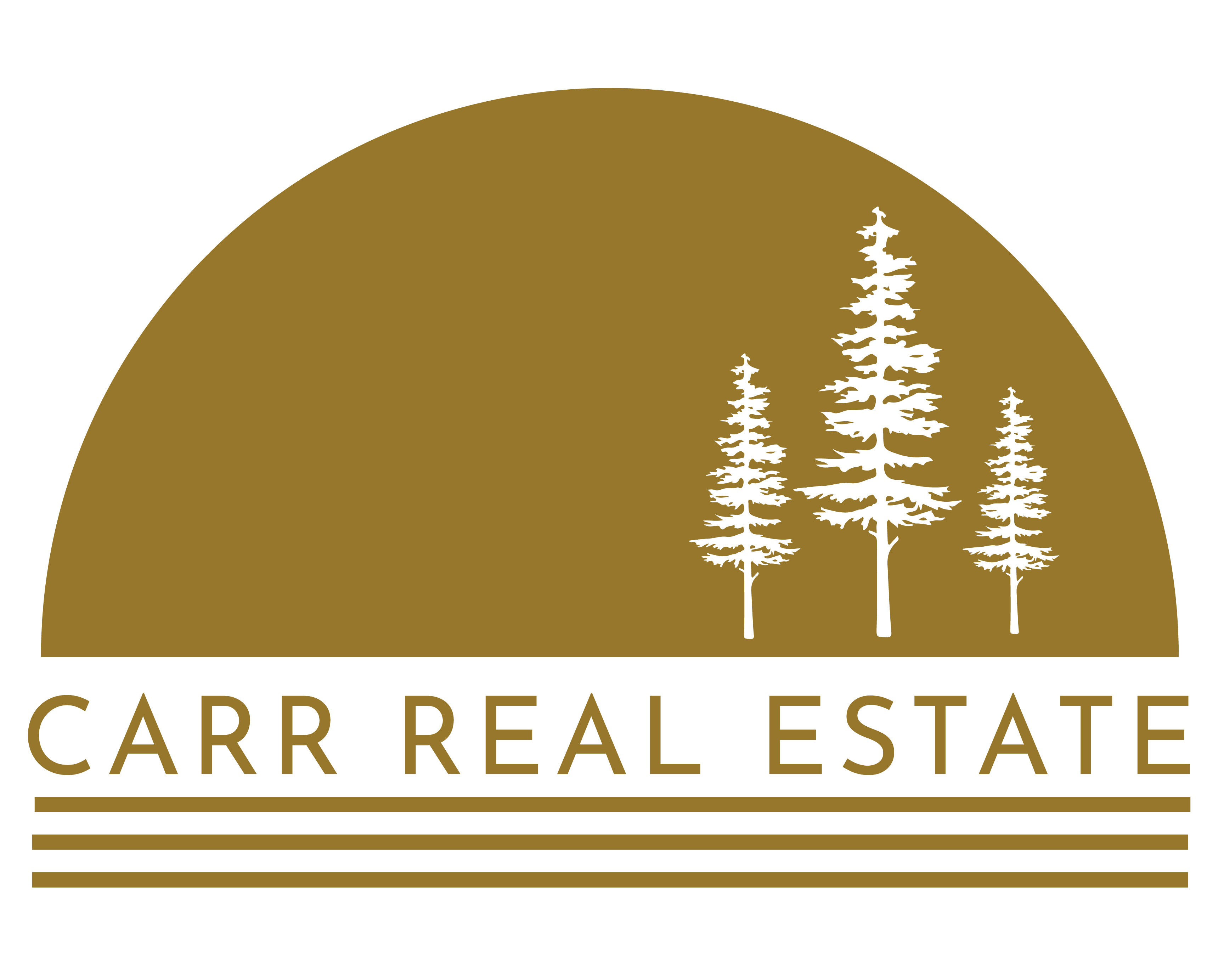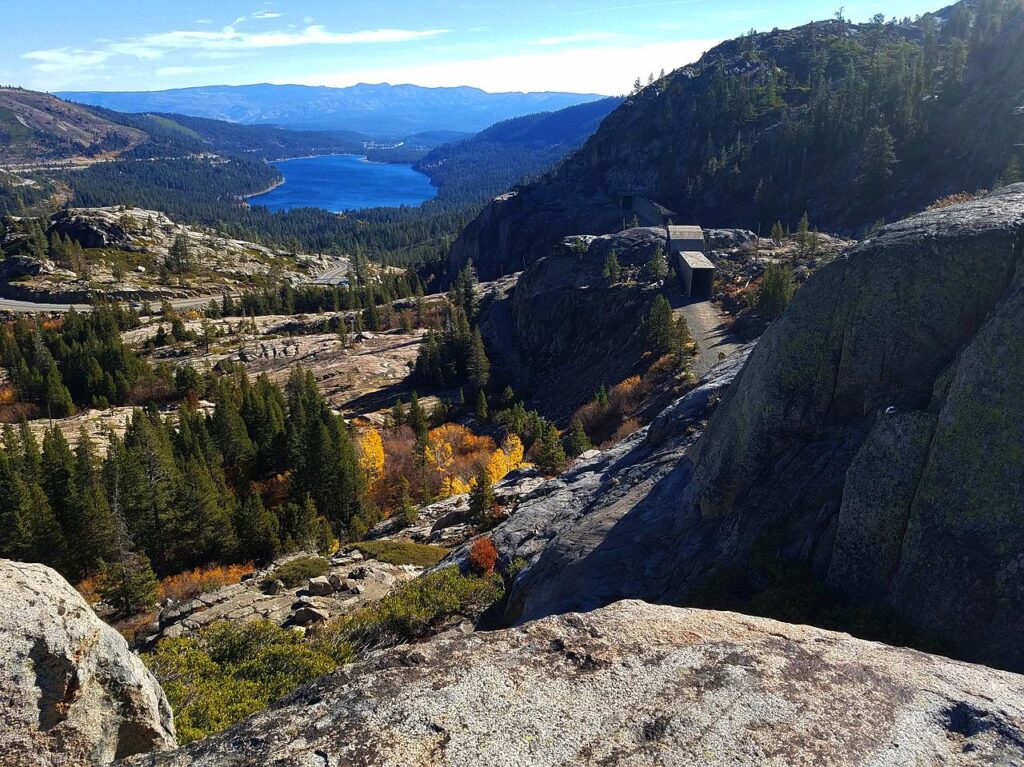History of Truckee California
We have many charming communities in the Truckee and Donner Lake area. The names of luxury developments, like Schaffer’s Mill, Gray’s Crossing and even the name of the town of Truckee derive from the early history of the region.
Native American Summer Retreat
Long before pioneers set out across the Sierra Nevada mountain range, the Truckee and Donner Lake area was a summer retreat for many Native American tribes. They escaped the Nevada heat, and traded with the California Native Americans by traversing the Sierra Nevada mountains.
As early as 2000 BC, the Martis Culture lived on both the eastern and western sides of the Sierra Nevada mountains. Today, the area below Northstar still retains the name of the Martis Valley.
Early Emigrants
The history of Truckee and Donner Lake is sometimes attributed to the unfortunate expedition of the Donner Party. It was actually the Stephens Party of emigrants who first crossed the Sierra Nevada in 1844. They pioneered what came to be called the Donner Pass crossing. This was five years before the Gold Rush, and two years prior to the crossing attempt by the Donner Party.
A Paiute guide was aiding many of the emigrants who were crossing the Humboldt Sink. This was a seasonally dry lake bed in Northwestern Nevada. He told members of the Stephens Party about a river located 50 miles to the west, which flowed north-easterly. Along the Truckee River, one could find large trees and good grass.
He accompanied the scouting party to investigate the area. All the while, he kept using the Paiute term that sounded like ‘tro-kay.’ Thinking this was his name, they called him Chief Truckee. The chief liked the name and kept it. Chief Truckee later became the father of Chief Winnemucca.
When you drive along highway 89 north of Truckee, you will find Prosser Creek Reservoir, the encampment for half of the Donner Party members. As you travel through Plumas and Sierra County, you are actually following the emigrant trail of long ago.
Truckee's First Settlers
Pollards Station was a settlement that later developed at the west end of Donner Lake. When it burned down, many relocated to what is now Brickletown in an area that was called Coburn’s Station. The railroad was being built, and Coburn’s Station became its Sierra hub.
The area had many Chinese immigrants living nearby to work on the daunting task of building the railroad across the Sierra Nevada mountain range. Today, you can still find the old Chinese herbal store in downtown Truckee.
At the intersection of Jiboom and Bridge Streets, Joseph Gray offered provisions to the crossing freight wagons. He built a bridge across the Truckee River and Gray’s Toll Station required a fee to cross the river. George Schaffer, like many others, had a lumber mill to provide wood for the silver mining communities in the eastern Sierra. The luxurious golf communities of Gray's Crossing and Schaffer's Mill retain the names of these early settlers.
From Lumber to Ice Mills
As demand for lumber decreased, many mills closed, and the area operated ice mills instead. Prior to powered refrigeration, ice was needed in the growing towns of San Francisco and Los Angeles. Ice blocks were cut from Donner Lake and Boca, and were packed in sawdust for the rail journey to the larger cities.
There was actually a brewery in Boca that by 1883, had become known for using the clear, pure water of Boca. Long before 'Coors,' they had created a version of ‘mountain beer’ that became popular in the cities below. Ice-cold Boca Beer was eventually shipped all over the United States, putting the Truckee area on the map.
In 1868, the name Coburn’s Station was officially changed to Truckee, in honor of the friendly Paiute guide who had helped bring settlers to the region.
A Woman's View of Early Truckee
In 1873, a woman named Isabella L. Bird wrote a book called “A Lady’s Life in the Rocky Mountains.” In her train ride through Truckee, she describes what she encountered as she disembarked from the train:
“Truckee, the center of the lumbering region of the Sierras, is usually spoken of as a rough and tumble mountain town.” She describes being warned about gun fights in bar-rooms and how no ‘lady of respect’ should go there.
“The street, if street could be called which was only a wide, cleared space, is intersected by rails, with here and there a stump, and great piles of sawn logs bulking big in the moonlight, and a number of irregular clap-board, steep-roofed houses, many of them with open fronts, glaring with light and crowded with men, drinking and smoking. On the tracks, engines, tolling heavy bells, were mightily moving; the glare from their cyclopean eyes dulling the light of a forest which was burning fitfully on a mountain side; and on open spaces, great fires of pine logs were burning cheerily, with groups of men around them. A band was playing noisily, and the unholy sound of tom-toms was not far off.”
Rough and Tumble Encampments
She checked into a hotel at 11:30 P.M. and was told that “accommodations are too limited for the population of 2000, mainly masculine, and beds are occupied continuously.” She had landed at the intersection of wagon trains, miners, lumber mills and mountain men.
“Consequently, I found the bed and room allotted to me quite tumbled looking. Men’s coats and sticks were hanging up, miry boots were littered about, and a rifle was in one corner. There was no window to the outer air, but I slept soundly, being only once awoke by an increase of the same din in which I had fallen asleep, varied by three pistol shots fired in rapid succession.”
The next morning, she ventured into the town: “This morning, Truckee wore a totally different aspect. The crowds of the night before had disappeared. There were heaps of ashes where the fires had been. Only a few sleepy-looking loafers hung about in what is called the street. I stealthily crossed the plaza to the livery stable, the largest building in Truckee. Once on horseback my embarrassment disappeared, and I rode through Truckee, whose irregular, steep-roofed houses and shanties, set down in a clearing and surrounded closely by mountains and forest, looked like a temporary encampment.”
Truckee Today
The area has transformed from this vision of rough and tumble encampments to a luxury mountain community. The pioneering spirit of these early settlers is still alive in the multi-generations of Truckee locals who still live here.
The quaint buildings of old town Truckee have been renovated into 5 star restaurants. Much of the early architecture has been lovingly maintained over the years.
Truckee sits at the intersection of California's golden past and has incited a different type of gold rush. Buyers rush for an opporunity to enjoy a quality of life that can't be found elsewhwere. Many of the homes are surrounded by national parks, with endless hiking, biking, skiing and water recreation.
Donner Party Hike
If you would like to learn more about the history of this area, the Donner Party Hike is scheduled for September 17th & 18th 2022. You will learn about Donner Summit’s rich history and have the opportunity to hear stories from two extreme athletes who hiked the original trail and also the rescue expedition trail. Click here for more information.
If you’d like more information about available homes for sale, or a free market analysis of your home, contact me today.


 Market Stats
Market Stats Listing Watch
Listing Watch My Home Valuation
My Home Valuation